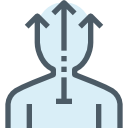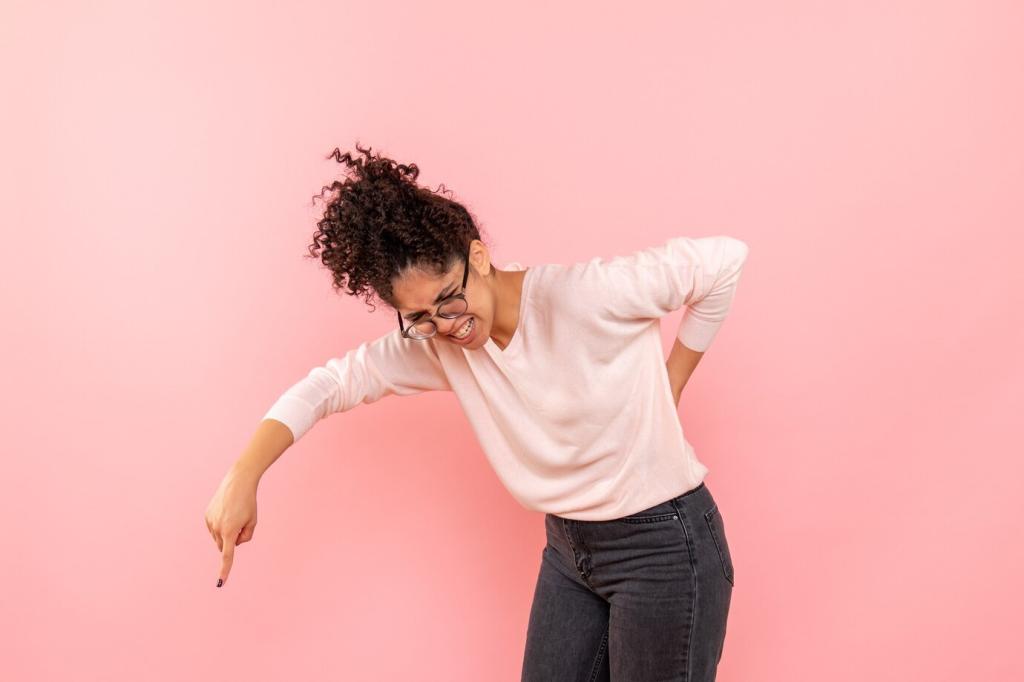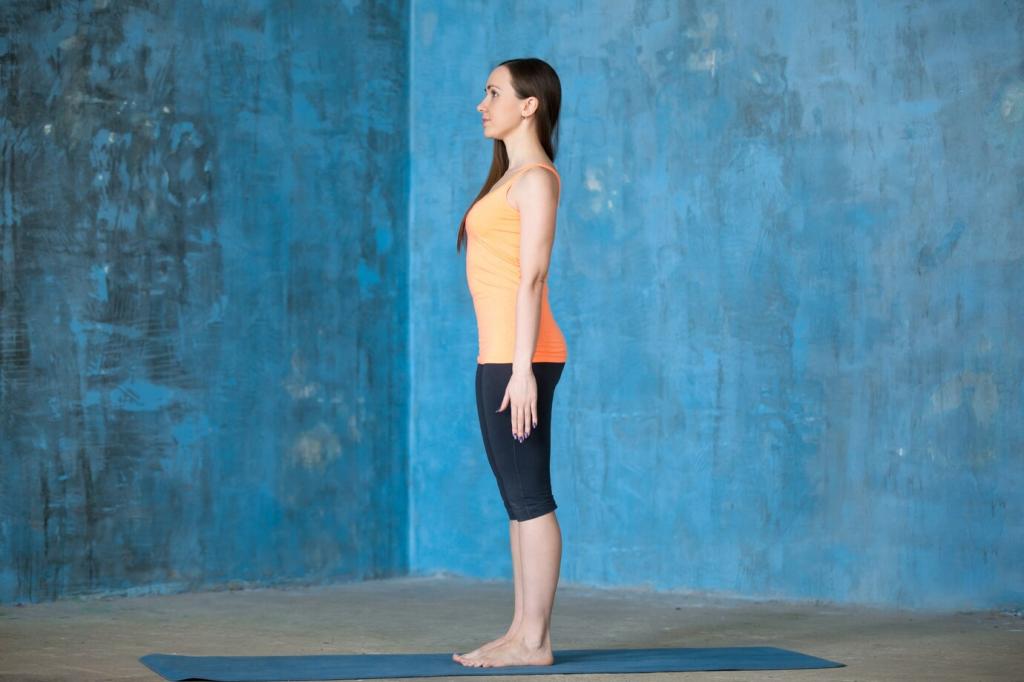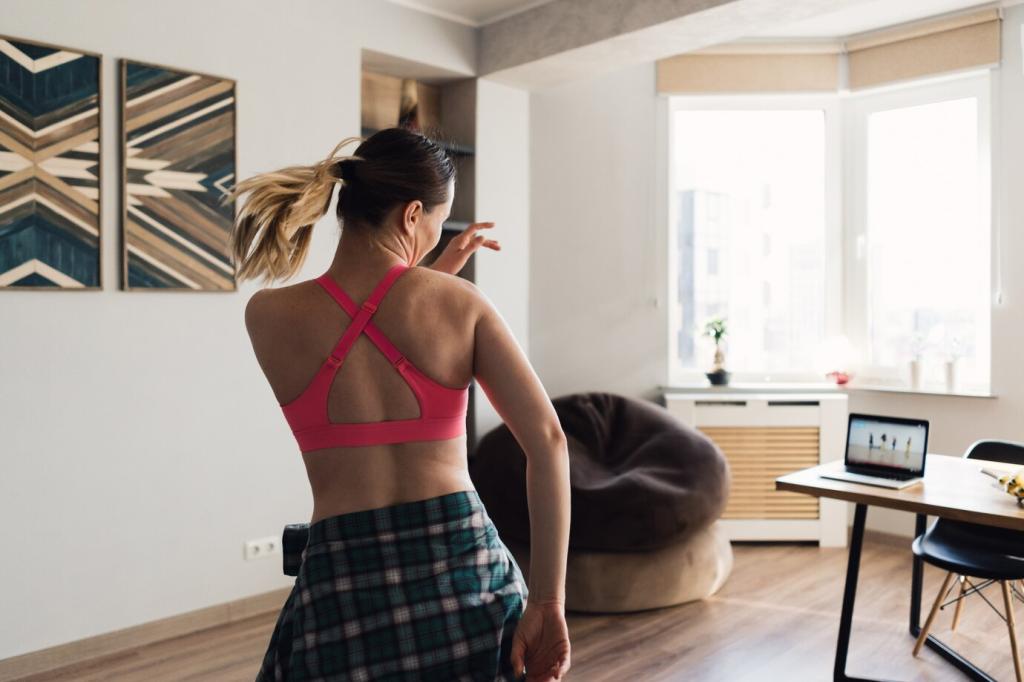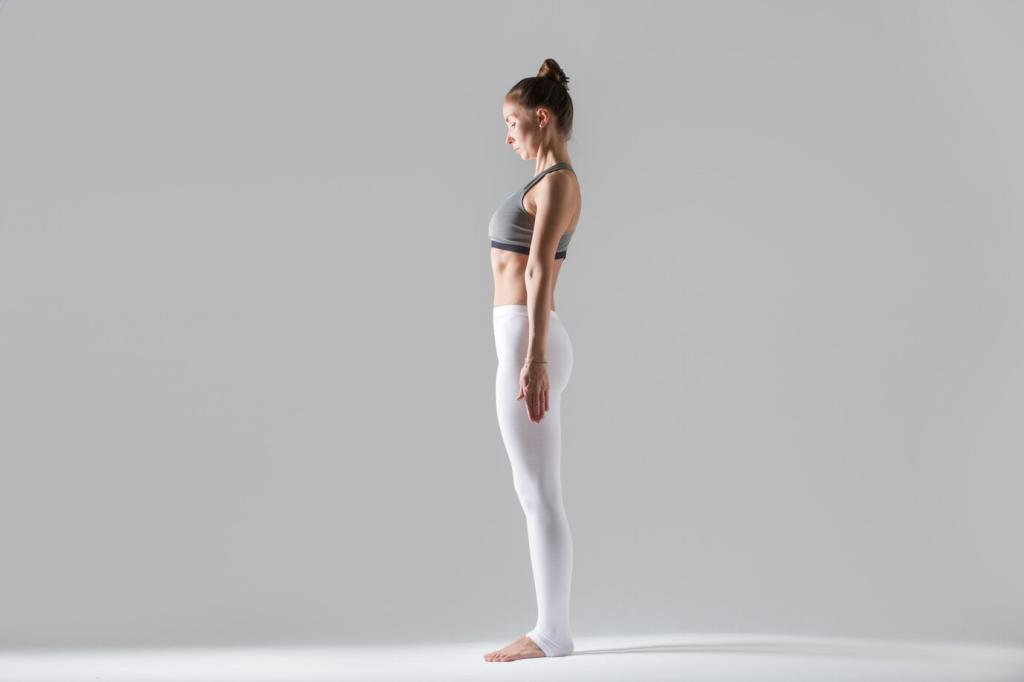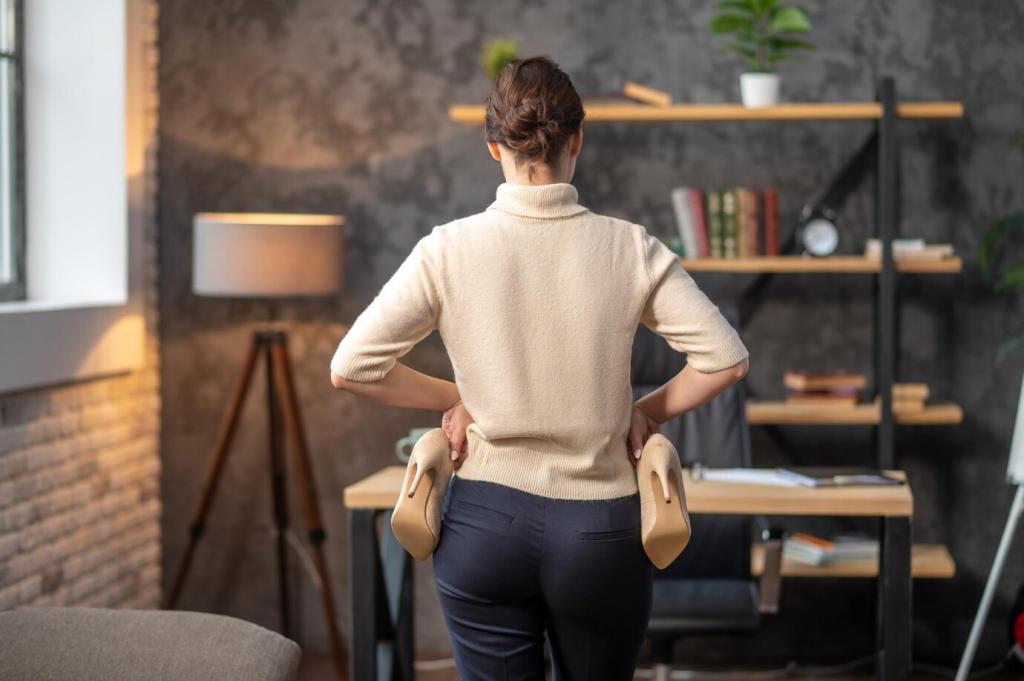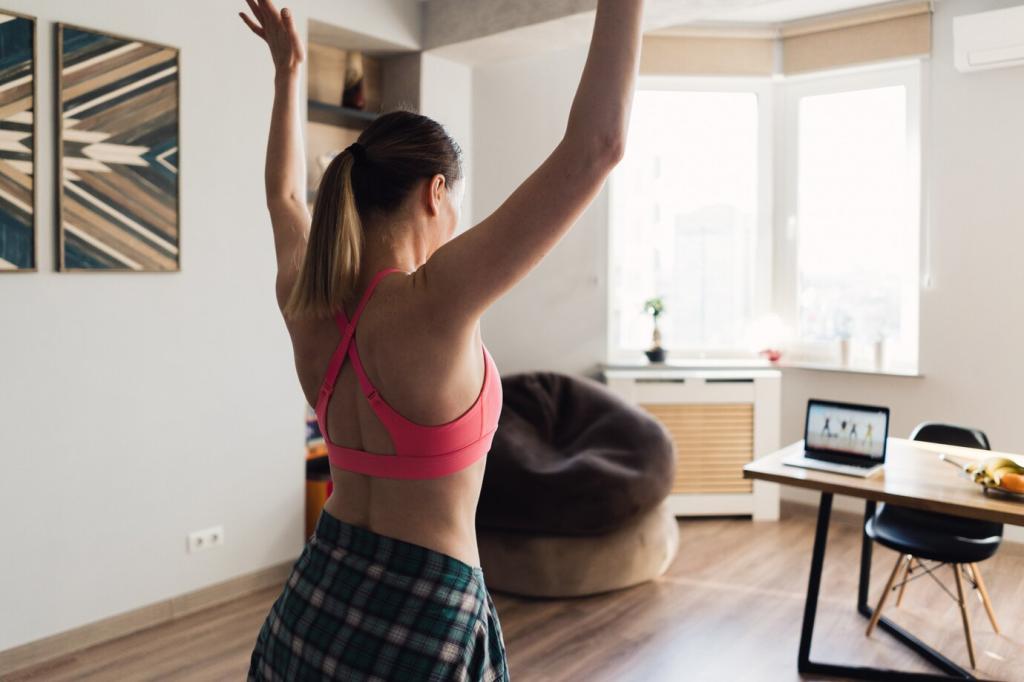Cushion Your Feet: Anti-Fatigue Mats and Footrests
Choose a mat with supportive firmness and quick rebound so your feet do not sink. Beveled, high-contrast edges reduce trips during desk transitions. When Ava switched from a spongy pad to a supportive mat, her end-of-day calf ache quietly disappeared.
Cushion Your Feet: Anti-Fatigue Mats and Footrests
Raised ridges and massage zones invite natural foot shifts that keep blood flowing. If you fidget, pick a topographic design to vary stance without thinking. Just ensure the features are placed where your feet naturally land, not only at the corners.
Cushion Your Feet: Anti-Fatigue Mats and Footrests
A lightweight footrest lets you alter knee angle and hip rotation throughout the day, especially if you share a desk with people of different heights. Choose a textured top for traction and stable feet that do not slide on smooth flooring.
